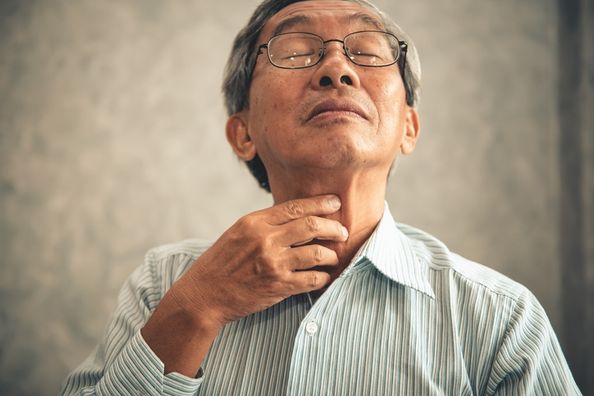
Hip Arthroscopy Surgery
By Orthopaedics
Hip arthroscopy surgery is used to treat various hip conditions, most commonly labral tears and hip impingement. The procedure is performed by an orthopaedic surgeon who utilizes a small camera to guide surgical tools that are inserted into the hip joint through small incisions. Hip arthroscopy surgery is a less-invasive alternative to open surgery, providing less pain and stiffness in the affected joint and resulting in shorter recovery times.









